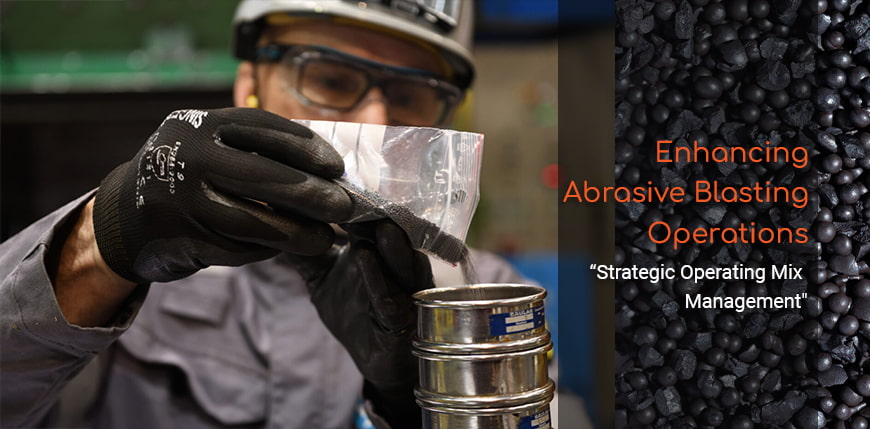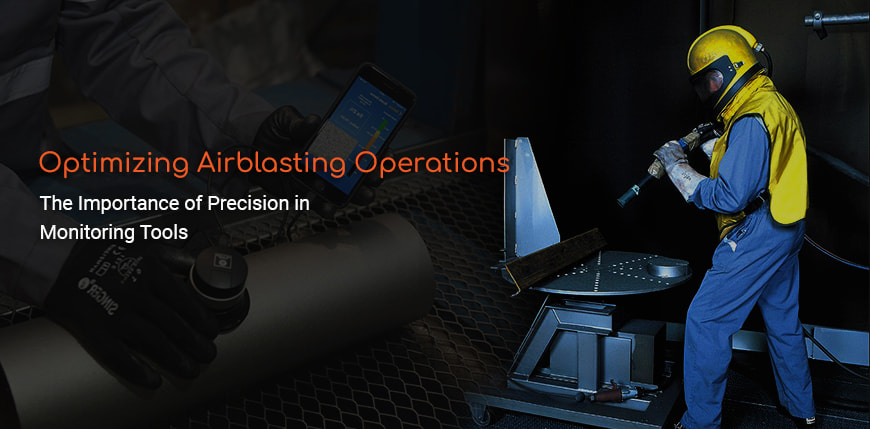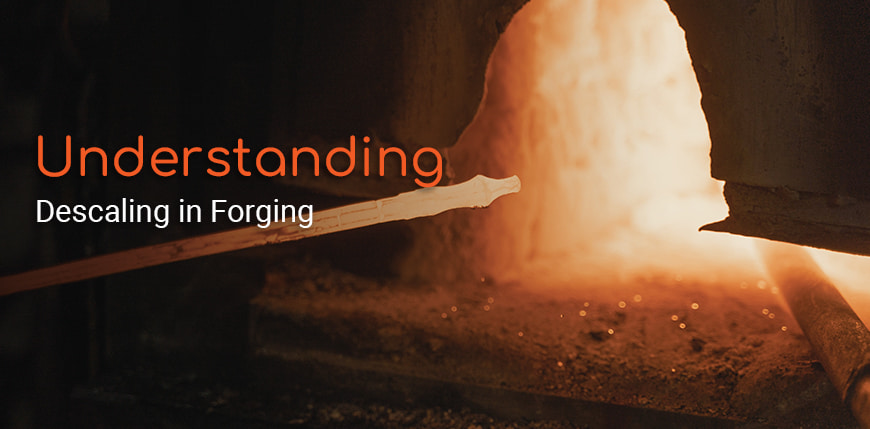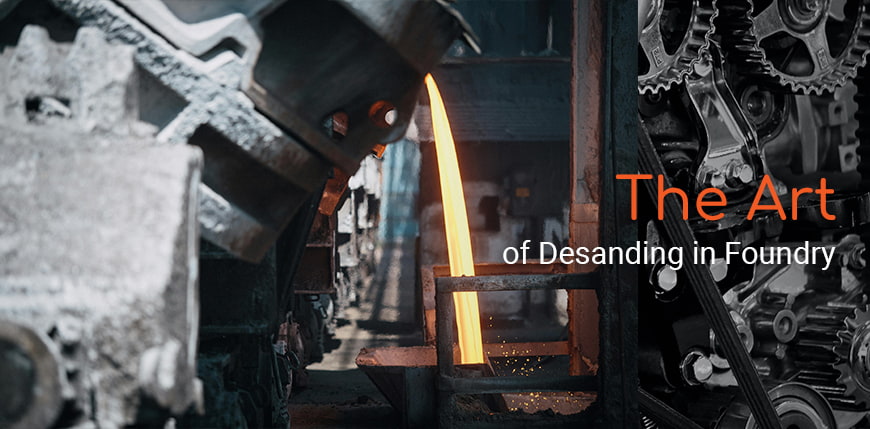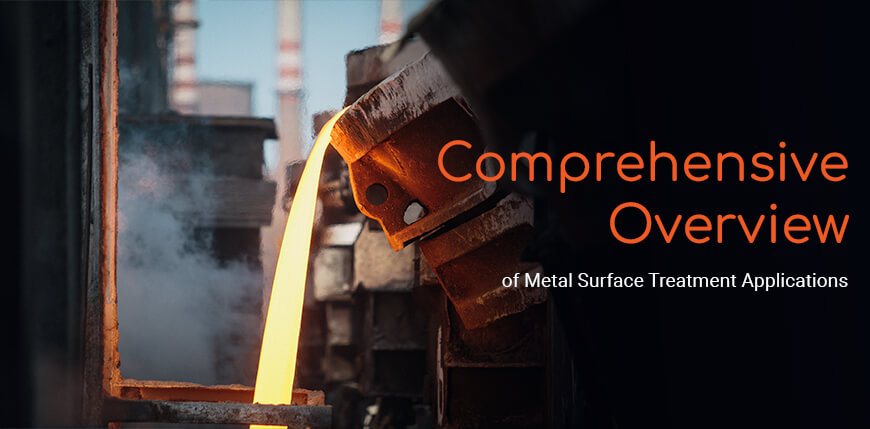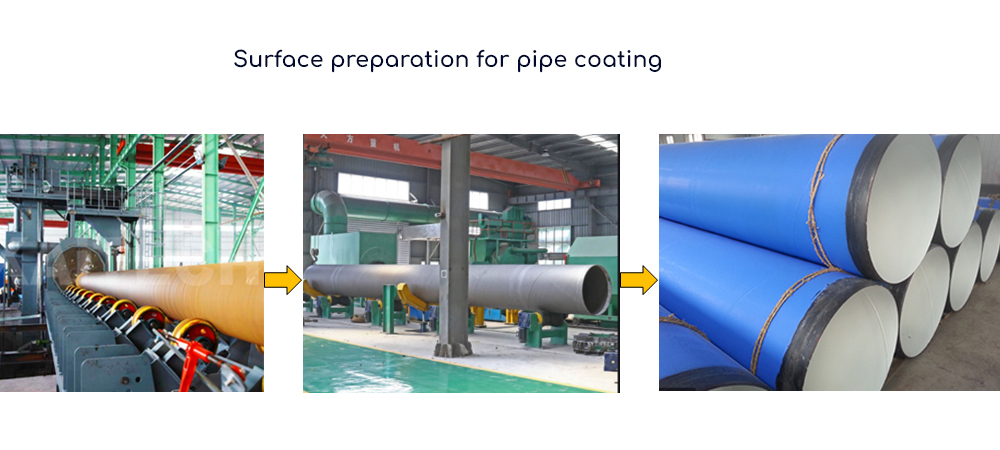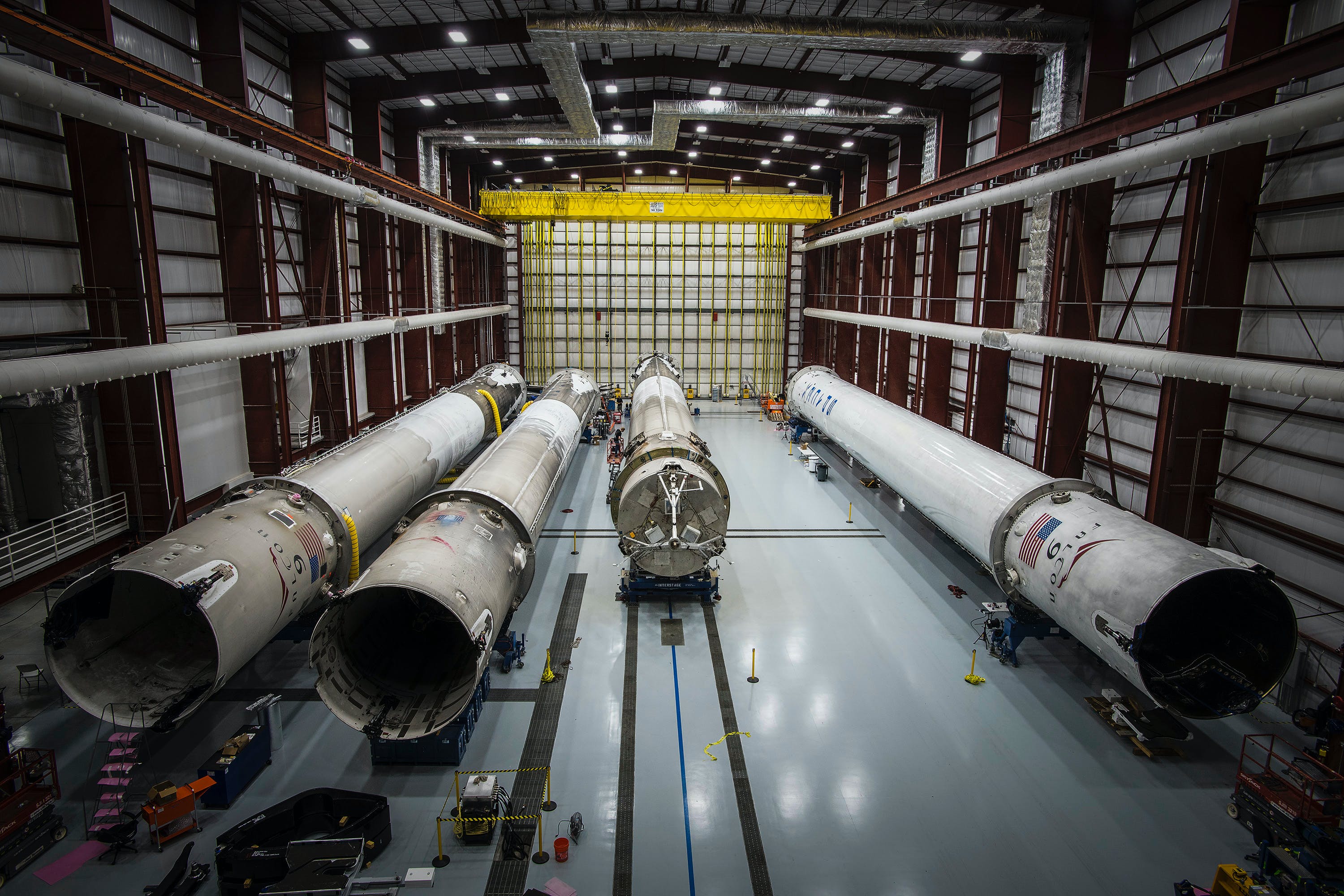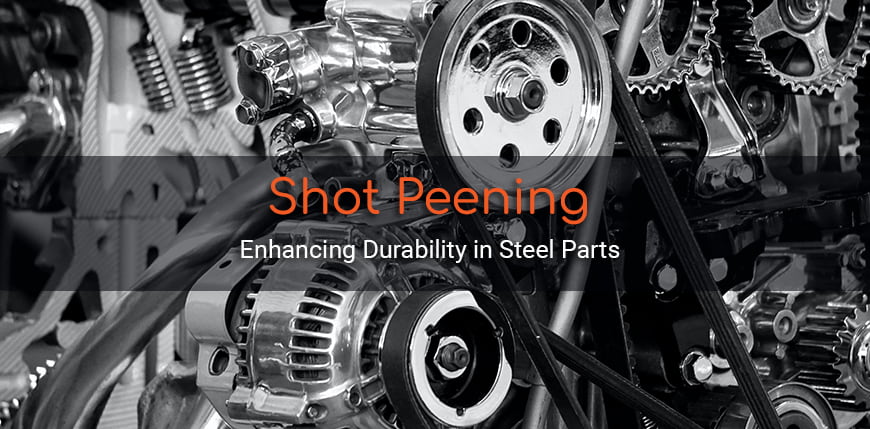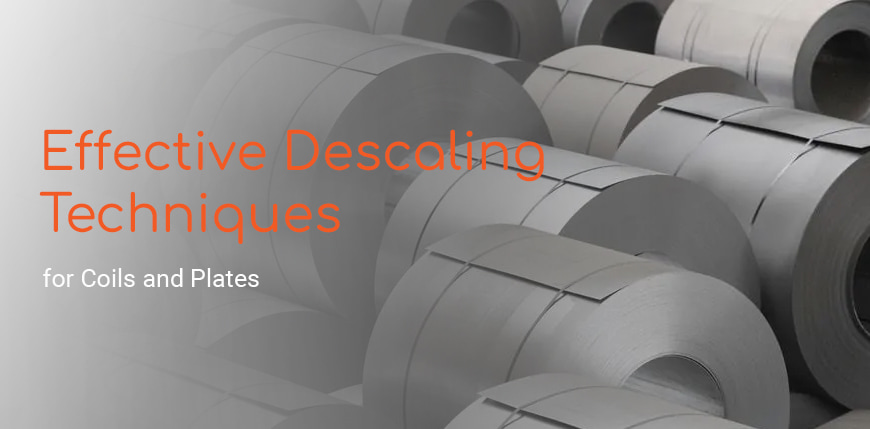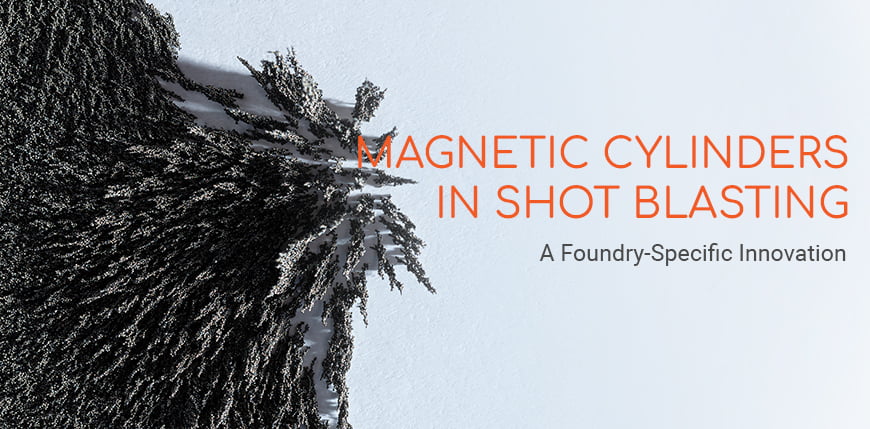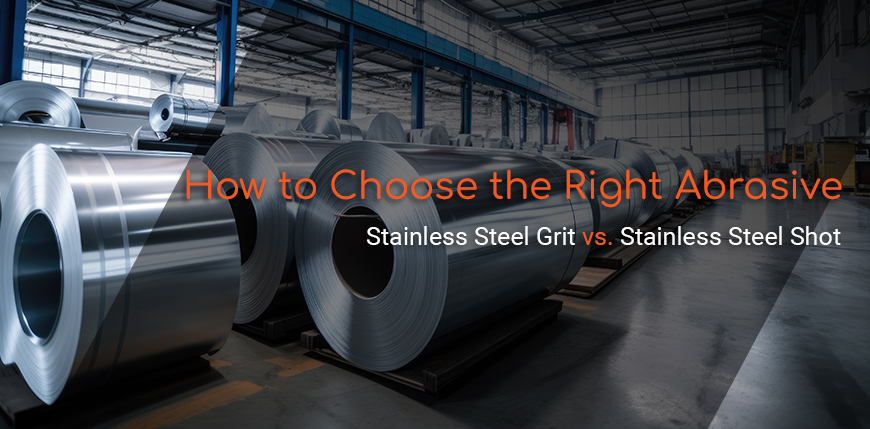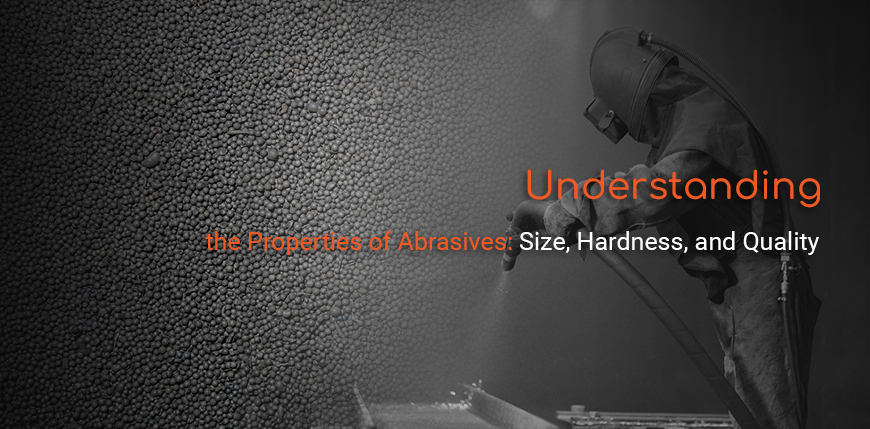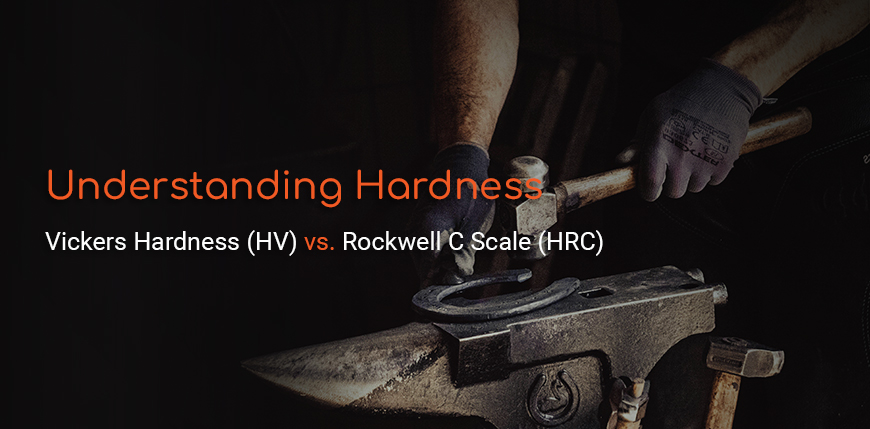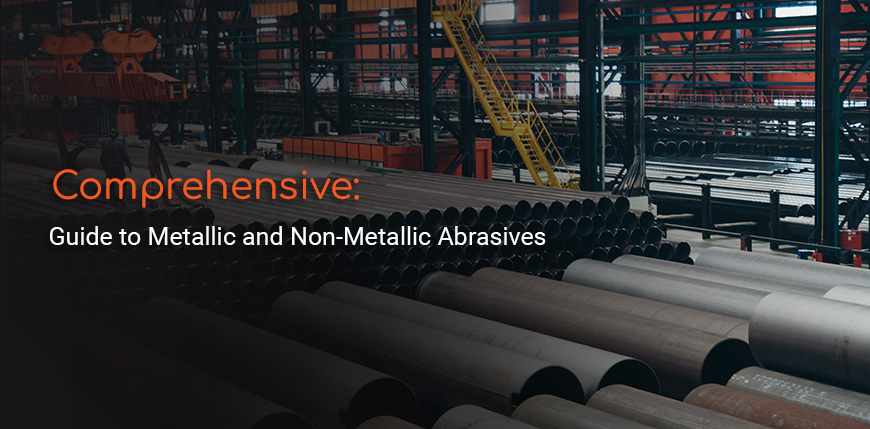Enhancing Abrasive Blasting Operations: Strategic Operating Mix Management
Abrasive blasting stands as a pivotal process in surface treatment, where the efficiency and outcome largely depend on the quality of the operating mix. This mix, a dynamic combination of abrasive particles, plays a key role in determining the efficiency and effectiveness of the blasting process.
The Critical Role of the Operating Mix
The operating mix used in abrasive blasting is far from static. Over time, the abrasives alter in shape and size, evolving into what we refer to as the operating mix. This mix, comprising varying sizes of particles, must be meticulously balanced. A mix leaning towards larger particles might extend cleaning times, while one with predominantly finer particles may fall short in effectiveness. Achieving an optimal balance,



